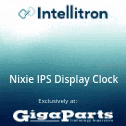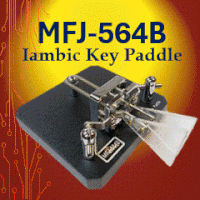ARRL Readies Bandwidth Recommendations
Discussion in 'Amateur Radio News' started by AA7BQ, Apr 16, 2005.
- Thread Status:
- Not open for further replies.
Page 13 of 14
Page 13 of 14
- Thread Status:
- Not open for further replies.










